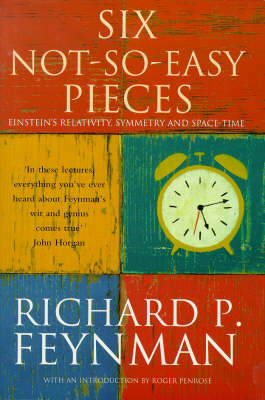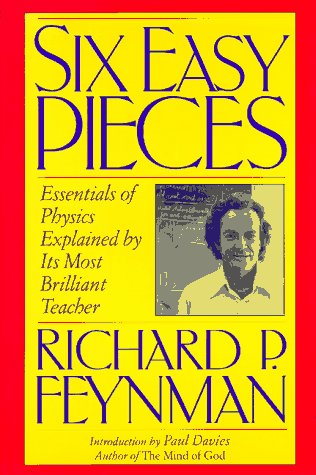Helix books
3 total works
This three-volume work was originally designed for a two-year introductory physics course given at the California Institute of Technology-a course designed to take advantage of students' increasing mathematical prowess and to provide a more comprehensive view of modern-day physics. The volumes are an edited version of Richard Feynman's lectures, taped and transcribed specifically for the books. It was a rigorous undertaking that resulted in a classic reference work for all physics students, teachers, and researchers. Feynman's effective classroom style remains intact in these volumes, a valuable work by a remarkable educator.
The three-volume commemorative issue is hardbound and packaged in a specially-designed slipcase. The lectures are also available in a student paperbound edition.
With his dazzling and inimitable wit, Feynman presents each discussion without equations or technical jargon.Readers will remember howusing ice water and rubberFeynman demonstrated with stunning simplicity to a nationally televised audience the physics of the 1986 Challenger disaster. It is precisely this abilitythe clear and direct illustration of complex theoriesthat made Richard Feynman one of the most distinguished educators in the world. Filled with wonderful examples and clever illustrations, Six Easy Pieces is the ideal introduction to the fundamentals of physics by one of the most admired and accessible scientists of our time. }


